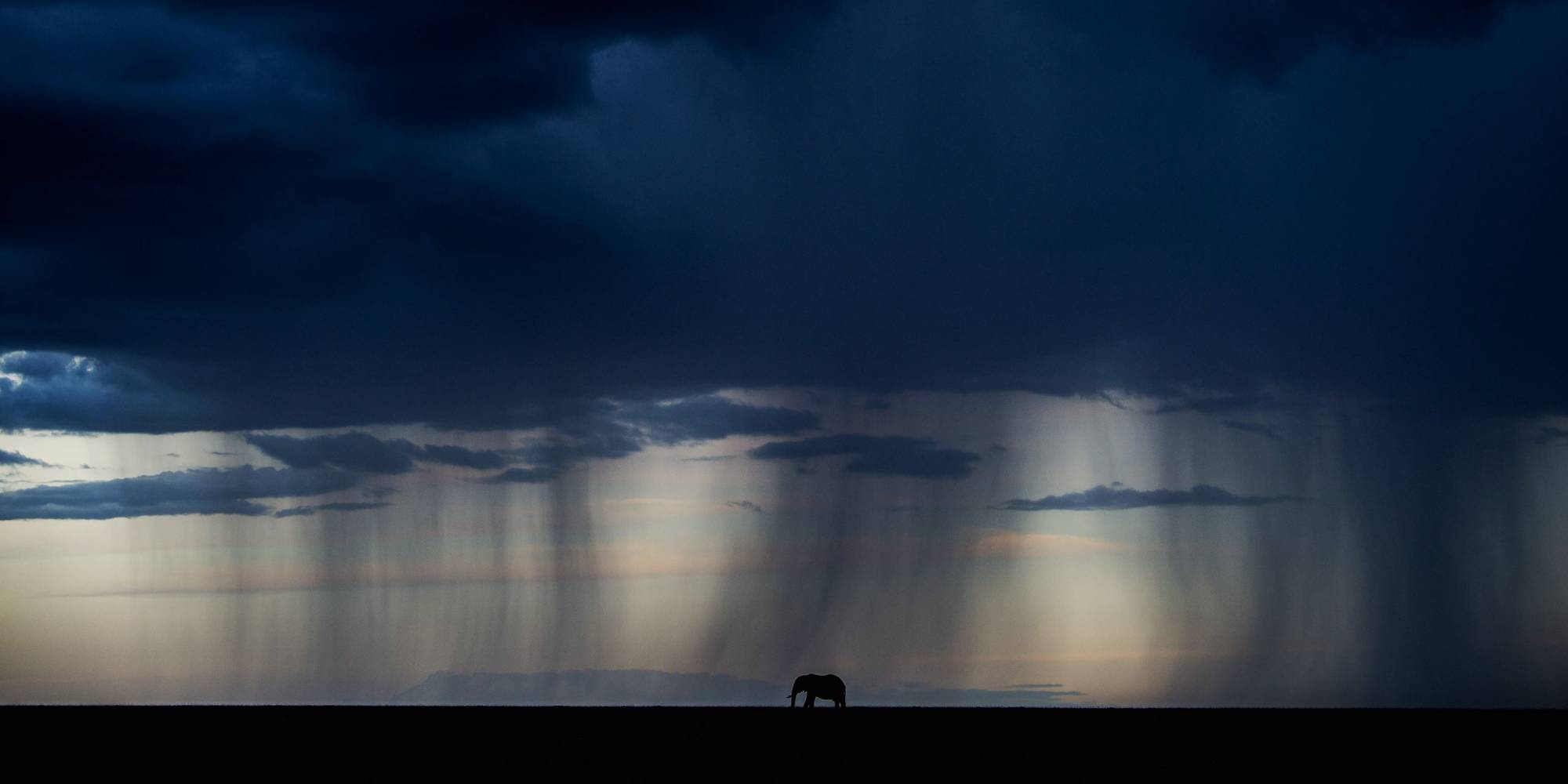
Zambia Wildlife Photography: Meet the Leader – Paul McDougall
Our 10-day 'Zambia - A Wildlife Photography Tour' visits Zambia's foremost wildlife reserve, South Luangwa National Park, one of the best places in Africa to see Leopards. We hope to see and photograph Lions as they hunt, sleep and play, large flocks of Southern Carmine Bee-eaters nesting on river banks and pods of lazy Hippo wallowing in the rivers.
View tour
Your leader for this tour is Paul McDougall, a full-time professional photographer who lives in Scotland, where he enjoys guiding tours and leading wildlife photography workshops. When not leading Naturetrek tours, he can usually be found photographing his local wildlife, or visiting his second home of Kenya to photograph the more exotic species found there! Paul has also travelled extensively across 27 African countries as well as to India, Finland, Nepal and Canada, all in search of specific wildlife species to hopefully capture on camera. Paul is also the author of the best-selling book 'The Ultimate Beginners Guide to Wildlife Photography: From Taking a Shot to Capturing a Moment'.

Reviews from tours recently led by Paul:
'Paul's knowledge, advice and tips on photography were invaluable, he was a great addition to the trip and really went above and beyond what a guide would normally do.'
'Paul was also an added bonus, as an accomplished photographer and devoted time on several evenings, before recording session, to a basic introduction to the techniques involved.'
'Paul spent a number of evenings sharing his expertise on photography, which was something that was definitely over and above what any of us expected.'
- How did your interest in wildlife and wildlife photography start?
I was fascinated by wildlife from a very young age and became interested in photography when I was 15 but only really started to combine the two when I visited South Africa at the age of 18. Three years later I visited Kenya and fell in love with the country, moving there when I was 23. After obtaining my guiding qualification, I began running photographic tours. I am completely self-taught but have been fortunate enough to spend some time with some great photographers and always look to learn something from everyone!
- When did you lead your first Naturetrek tour?
In 2024 to Ardnamurchan – an area of Scotland that I love and visit regularly for photography. I was fortunate enough to lead four trips there for Naturetrek that year and loved every minute of it.
- Do you have a favourite bird, mammal or plant?
It is hard to choose a favourite! I have always had a great passsion for Lions and just love photographing them. Back in the UK it would be Otters. Over the past few years, I have been lucky enough to visit Nepal to photograph Red Pandas and they are fast becoming my favourite animal. Having said that, I get a lot of pleasure out of photographing every bird or mammal, and I put as much time and effort into photographing common subjects near where I live as I do into photographing more exotic subjects abroad.
- What makes a great photography tour, and why join a photography departure rather than a standard tour?
For me, a great photography tour is packed full of opportunities to capture images but it should also be a place where you can learn new skills and techniques. It should also be a slower-paced tour with the chance to sit and wait to capture unique images in different light or interesting behaviour. Zambia is the perfect destination for a photography tour with abundant wildlife, fantastic light and some of the most stunning and unique backdrops in the whole of Africa.
- What can be expected on a photography tour with you?
I have a good understanding of behaviour so I can help guide clients as to when a moment might happen. I have extensive experience in teaching and tutoring photographers and am familiar with all camera makes and models. I have a simple and effective way of setting up my camera for wildlife photography which can easily be communicated and explained to clients. I also have a very good understanding of light and how it can completely change an image. My main focus on all of my workshops and tours is that my clients get amazing images and learn something new!
- What upcoming tours are you leading?
Zambia - A Wildlife Photography Tour, departing at the end of August, and Islay’s Winter Wildfowl in November.
- What makes these places special?
Zambia is special to me as it is packed full of fantastic photographic opportunities, with stunning golden light and a massive diversity of wildlife set against some of the most amazing backdrops anywhere in Africa. Zambia gives you the opportunity to play with light and composition to create some truly memorable images.
Islay is a truly remarkable place in winter. There is nowhere quite like it in the UK, with thousands of visiting geese, and the opportunity to photograph them at sunrise is one of my favourite experiences. There are numerous species that can be seen and photographed such as Golden and White-tailed Eagles. Winter tends not to be too busy and the opportunity to create some very different images is the winter light with the autumn colours is stunning.
- What is your most memorable wildlife encounter to date?
The first time I photographed a Red Panda. They are so inquisitive and are amazing to spend time with. In Africa it would be one magical evening in the Maasai Mara where I took two of my best images in the space of 10 minutes: my ‘Lion at Sunset’ and ‘Elephant in the Storm’.
Back in the UK, and specifically Scotland where he now lives, Paul has continued to hone his craft, focusing on capturing the beauty of British wildlife. His work has been featured in various publications, exhibitions, and online platforms, showcasing his ability to bring the natural world to life through his lens. In October 2024 he was invited onto STV’s Scotland Tonight programme to discuss the 2024 Wildlife Photographer of the Year winning images and also showed some of his own images including his award-winning ‘Elephant in the Storm’. Paul’s hopes that his photographs are not just ‘images’; rather that they are stories that evoke emotions and inspire a deeper appreciation for wildlife.









 Loading search...
Loading search...
